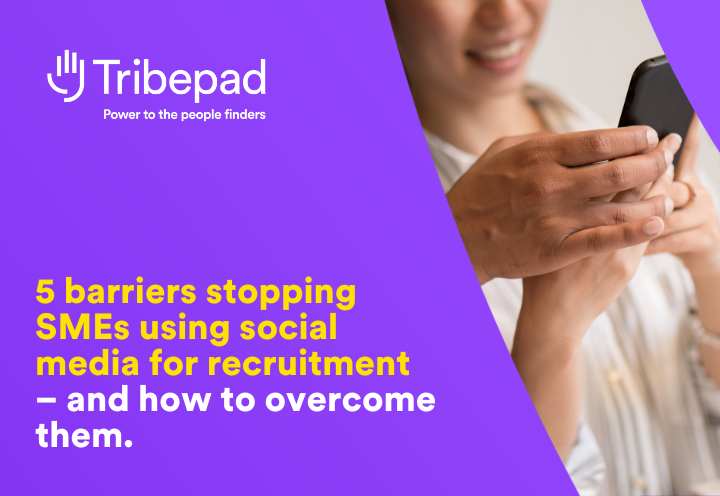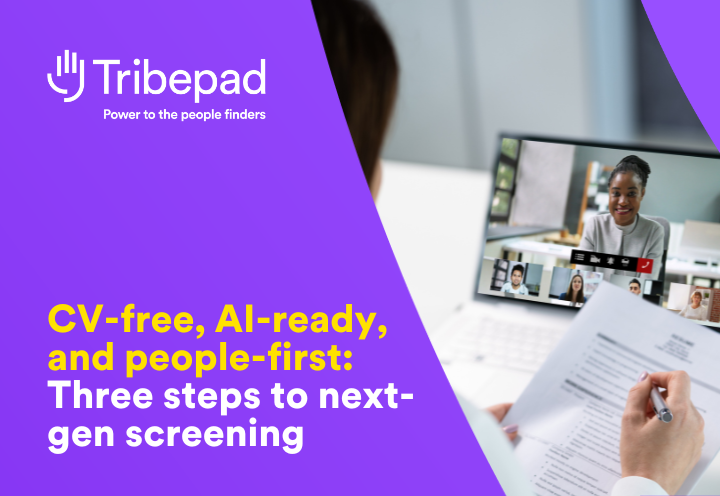The red-hot candidate market is starting to cool off (some good news!) but it’s far from cold. Some recent stats show recruitment is as challenging as ever:
- Time-to-fill has increased from January 2023 to October 2023
- Applications-per-role is continuing to skyrocket
(Source: https://resources.workable.com/stories-and-insights/hiring-pulse)
There’s a one-two punch going on, where recruiters are inundated by applications but struggling to pull quality people into the right roles.
That’s echoed by a recent report that shows 73% of recruiters are struggling with time-to-hire because there are too many applicants but too few qualified candidates.
Even with the market starting to cool, that problem isn’t vanishing anytime soon. If you want to escape the rat-race of frantic firefighting, wage hikes, and spiralling agency reliance, it’s time to embrace proactive pipeline building.
Here’s a how-to guide to get started with talent pooling, if you’re not already.
How to ace talent pooling recruitment
Moving towards relationship-led recruitment isn’t rocket science but it won’t feel simple to start with. It’s going to feel like sprinting on a treadmill for a few months.
It’s a chicken and egg issue, because you’ll need to find time you don’t have to start implementing the right activities. But it will eventually ladder into a robust, scalable process that reliably hires great people fast.
It’s time to push through the pain barrier…
Building talent pools
Let’s assume you’re starting from scratch so we don’t miss any bases. If you’re not, fantastic. Skim this bit to make sure you haven’t missed any easy wins then crack on wherever’s relevant.
Decide your talent pooling strategy
Before you start talent pooling, it’s a good idea to take a step back and settle on a strategy.
Which talent pools do you need most? What are your hiring projections over the next year or so? What are your high-frequency, high-priority, hardest-to-find, or most competitive roles?
Talent pooling should support the organisation’s biggest strategic hiring goals. If you’re making a big push to increase representation, building diverse talent pools will probably be your first port of call, say. Or if you’re working on improving career development, you might want a career mobility pool. Etcetera.
Segment active applicants into pools
Right now, you’ve got a stream of people coming into your ATS from live job adverts. Start grouping those applicants into candidate pools based on your strategy. (If you use Tribepad, that’ll happen using tagging. Other talent acquisition tech or talent pool software might have another mechanism).
Standardise your strategy and process across your team, so everyone’s work is valuable for everyone else. (It’s a pain searching your database in the future if some of your team are tagging #NorthEastNurses while others are using #NursingStaff #North).
At this point you’re still juggling recruitment-as-usual. That’s fine. Just add the short extra step of tagging into your normal CV screening process. This doesn’t pay off now, but it’ll be super valuable later.
Tag silver and bronze medallists
One excellent tactic is creating a talent pool with your A-Listers who didn’t quite make the cut. For example, you could tag great video interviewees as bronze medallists, and great face-to-face final stage interviewees as silver medallists.
They’re the people you approach first next time. And yes, they might’ve gotten another job by then but great to nurture for the future. Especially for high turnover sectors or roles – those people could be back on the market quickly.
Source passive candidates
By this point, you’re starting to see the benefit of building talent pools. With a ready-made, easy-access pool of qualified people, you’re starting to fill some roles faster – creating time for this step.
Dedicate some time to proactively source passive candidates. Use tagging to segment these people into pools, ready for your first contact. (Remember GDPR though. You can’t actively market to them without getting explicit permission.)
Create a constant candidate stream
Now you’ve created time, you can cope with a higher volume of applications. How about hosting a continuous ad for your regular roles (we call them Evergreen Roles)?
That way you’ll have a steady stream of active candidates for the roles you regularly need people for. Now you just need to qualify them and add them into the relevant talent pools.
And here’s where recruitment marketing activity is valuable, to create a steady stream of passive candidates. For example, you could run a campaign aimed at bringing more working parents back into the workforce.
There can be some overlap here with nurturing so you needn’t reinvent the wheel. A report benchmarking salaries, for example, could be valuable both to generate new leads and to nurture them.
Talent pool management
Now you’ve got an awesome asset: a heap of hyper-segmented talent pools. But your talent pools are only valuable when you turn them into engaged communities – and engagement decreases over time.
That’s where nurturing comes in. Here are some tactics to think about.
Don’t ghost ANYONE
We’re on a mission to #EndGhosting – and you should be too. Ghosting is a terrible candidate experience that instantly drives disengagement.
Our 2023 End Ghosting report found that:
- 42% of job applicants in the UK have been ghosted by an employer
- 87% of candidates are emotionally affected by being ghosted
- 39% of ghosted candidates take several weeks or even months to move on
- 91% of ghosted candidates retain negative feelings towards that brand
Anyone in your talent pools who’s been ghosted is a frozen cold lead. Don’t do that to yourself – it’s making life so much harder, unnecessarily.
Even if someone isn’t a fit for your role, they might be elsewhere in the business. Or they might know a friend who’d be perfect, sometime down the line. You’re building an army of possible leads in the future so keep your troops happy.
Reach out about highly relevant opportunities
The highly relevant is the crucial part here. Don’t spray out jobs to your talent pools indiscriminately. Engagement is a finite resource, so use it wisely.
It’s the difference between reaching out to your Midlands-based part-time retail assistants with a Midlands-based part-time retail assistant role, versus haranguing nationwide store managers with the same twenty times a week. Most of us have had the latter experience and it’s a big engagement killer.
If you’ve used tagging well to create highly segmented groups, you should have talent pools with a genuine interest around certain roles. Send those people some info and see if it’s worth having a chat. (Tribepad makes this super simple, with bulk email and SMS).
Some tips:
- Don’t send a generic job description with no context. Use personalisation tags and write like a human.
- Invite them to reply if they’re not on the market right now, so you can remove them from your active list and stop bothering them with irrelevant content.
- Ask them if they know anyone you should chat to, especially if you can offer a referral bonus. Give some details about who’d be a great fit.
- Offer some value – like a cool piece of content, or a quick update on what you’re seeing in the market if they’re interested.
- Prompt them to update their profile through their self-service dashboard (if you’re using Tribepad), so you know what’s relevant for them.
Stay in touch semi-regularly with recruitment campaigns
There’s a fine line to maintaining engagement. You don’t want candidates to forget about you and slowly go cold, but also you don’t want to spray them with liquid nitrogen by constantly annoying them.
Finding that line will take some trial and error. A good rule to start is, contact passive candidates every couple of months – and make sure only 1/3 is self-serving (like sending a job, asking for a referral, etc).
Some ideas:
- Send some interesting content
- Ask their opinion or run a poll on something topical (like ED&I)
- Send them some recent interesting PR (if it genuinely is interesting…)
- Run a piece of proprietary research, like a salary survey
- Create some engaging visual content, like a video
This stuff needn’t take ages. Look for overlap with lead generation and you won’t need heaps of unique content. (Tribepad has 250+ email templates and an easy drag-and-drop landing page builder to make campaigns easy 👀).
Push through the talent pooling pain barrier
If this plan sounds pretty simple, that’s because it is – on paper, at least. Talent pooling isn’t inherently difficult, but it’s still something many recruitment teams don’t have time for, because they’re totally snowed under.
Escaping the reactive firefighting cycle can be tough and there’s definitely an initial pain barrier. But if the last few years have shown us anything, it’s that recruitment isn’t magically getting easier and slower and less competitive. Now’s a better time to get started than tomorrow.
Tribepad is the trusted tech ally to smart(er) recruiters everywhere. Combining ATS, CRM, Video Interviewing, and Onboarding, our talent acquisition software is a springboard for faster, fairer, better recruitment for everyone.




